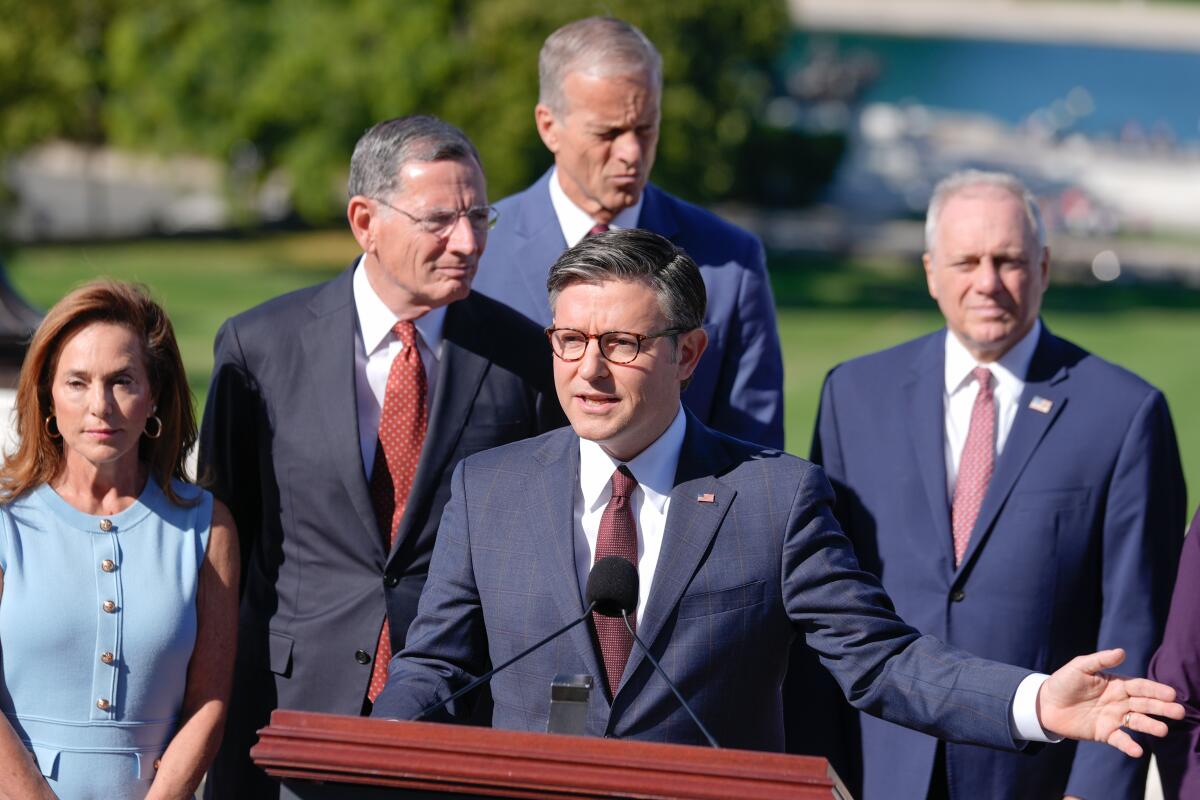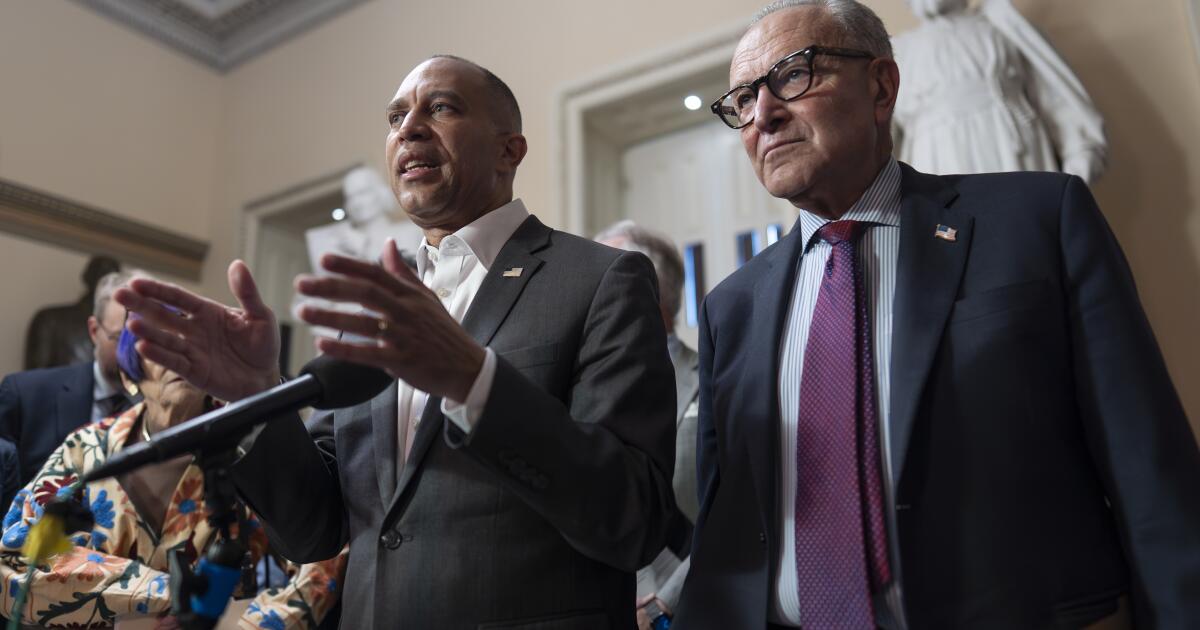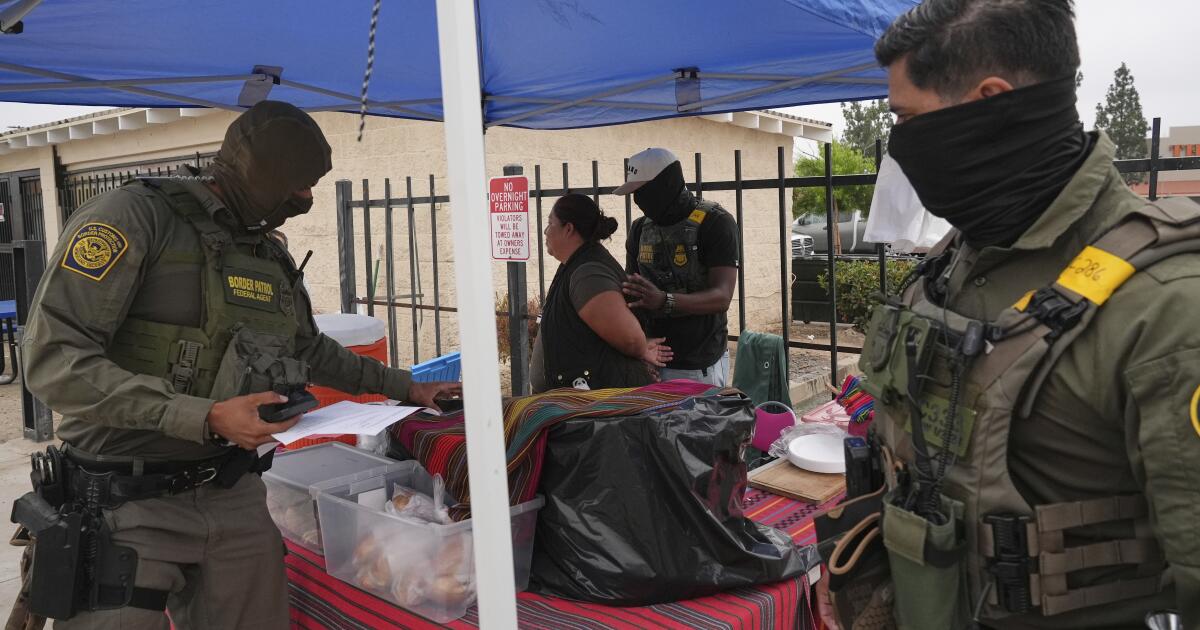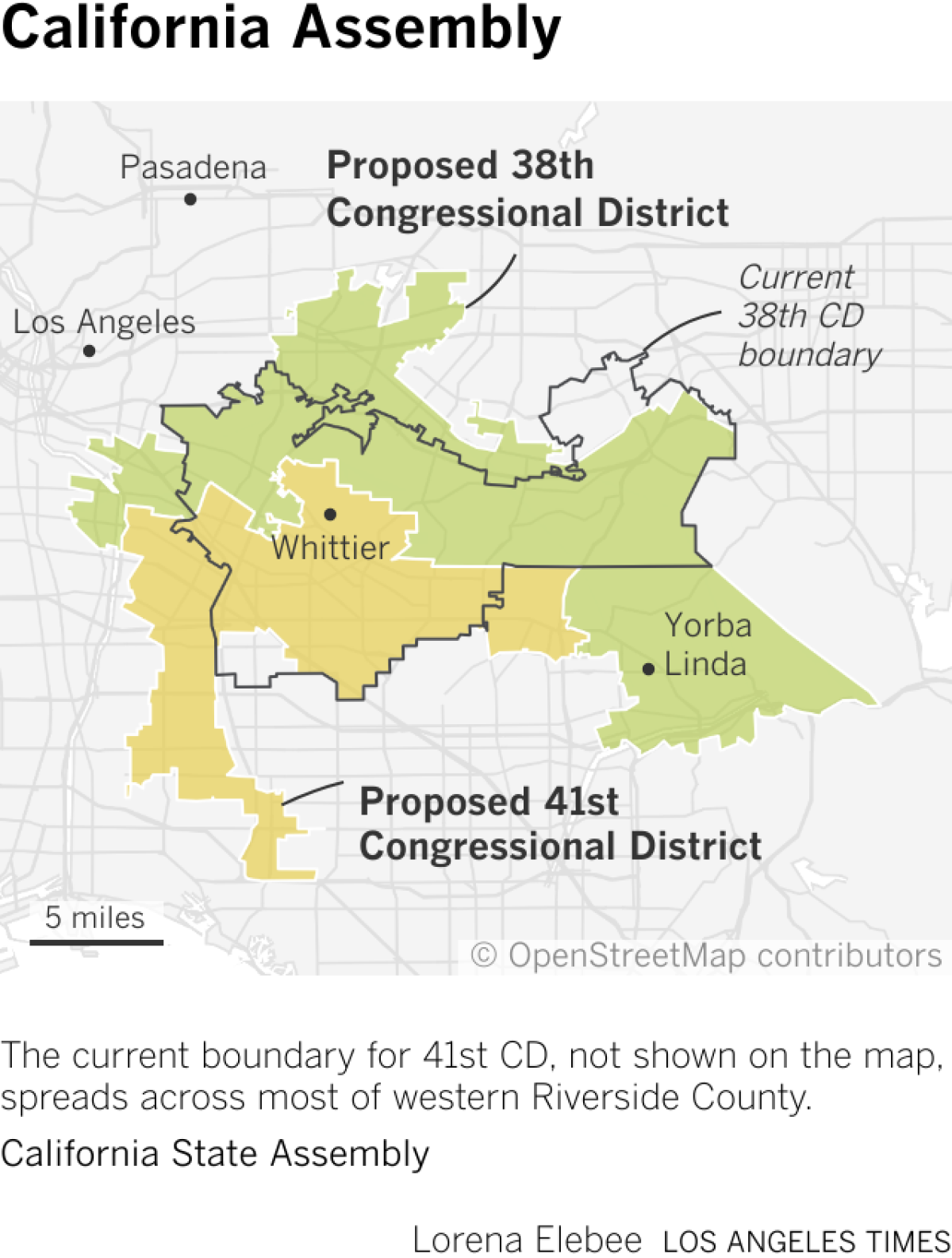With shutdown, Democrats take a perilous risk at a perilous time
WASHINGTON — Democratic lawmakers took a significant risk this week by choosing to fight the Trump administration over the extension of healthcare credits.
A stalemate over the matter led to the federal shutdown on Tuesday night, when Democrats denied Republicans the votes needed to continue funding the government, forcing hundreds of thousands of federal workers into furloughs or to work without pay.
It’s a gamble for a party facing its lowest approval numbers since the Reagan era — and a calculated risk Democratic leaders felt feel compelled to take.
“I am proud to be fighting to preserve healthcare for millions of people, ” Sen. Adam Schiff of California said in an interview Wednesday. “I think this is a very necessary fight.”
The healthcare tax credits are set to expire at the end of the year, and if Democrats are unsuccessful in securing an extension as part of a shutdown deal, then premiums for millions of Americans are expected to skyrocket, Schiff said.
“There’s really not much that can be done to mitigate these dramatic health premium increases people are going to see unless the president and Republicans are willing to work with us on it,” he said.
Entering the shutdown, polls indicated the country was split over who would be to blame, with 19% of Americans faulting Democrats and 26% charging Republicans, according to a New York Times poll. A plurality of respondents — 33% — said both parties were responsible.
Sen. Chuck Schumer of New York, a Democrat and the Senate minority leader, is leading the charge with his worst favorability numbers among his home state residents in over 20 years — and with the highest disapproval ratings of any congressional leader, according a recent Pew survey.
Schumer faced widespread ridicule from within his party in March after reversing course during the last government funding deadline, choosing then to support the Trump administration’s continuing resolution proposal.
That showdown came at the height of an aggressive purge by President Trump of the federal workforce. A government shutdown would only enable more mass firings, Schumer said at the time.
But the current shutdown is already giving Trump administration officials license to resume mass layoffs, this time specifically targeting Democratic states and priorities.
“We’d be laying off a lot of people who are going to be very affected,” Trump said in the hours before the shutdown, adding: “They’re going to be Democrats.”
On Wednesday, Russ Vought, Trump’s director of the Office of Management and Budget and a longtime advocate of concentrated presidential power, wrote on social media that $8 billion in “Green New Scam funding to fuel the Left’s climate agenda” would be canceled to 16 Democratic-majority states, including California, Washington, Oregon and Hawaii.
Hours earlier, the Trump administration had frozen roughly $18 billion for infrastructure projects in New York City pending a review that Vought said would “ensure funding is not flowing based on unconstitutional DEI principles.”
House Speaker Mike Johnson and other Republicans at a news conference Wednesday discussing the shutdown.
(Mariam Zuhaib / Associated Press)
Seeing these actions, Schiff worries about further punitive measures against California.
“California, I’m sure, won’t be far behind in the kind of vindictive actions of the president,” he said.
At a White House press briefing Wednesday afternoon, Vice President JD Vance denied that the administration was planning to structure layoffs based on politics.
“We’re going to have to make things work, and that means that we’re going to have to triage some certain things,” he said. “That means certain people are going to have to get laid off, and we’re going to try to make sure that the American people suffer as little as possible from the shutdown.”
Vance placed the blame squarely on Schumer and other Democrats, saying repeatedly that Democrats had shut down the government because Republicans refused to give billions of dollars in healthcare funding to immigrants in the country illegally. Immigrants without legal status are not eligible for any federal healthcare programs, including Medicaid and health insurance under the Affordable Care Act.
“To the American people who are watching: The reason your government is shut down at this very minute is because, despite the fact that the overwhelming majority of congressional Republicans — and even a few moderate Democrats — supported opening the government, the Chuck Schumer-AOC wing of the Democratic Party shut down the government,” the vice president said.
Vance said policy disagreements should not serve as the basis for keeping hostage essential services that Americans need. But before those discussions can happen, the government must be reopened.
“I’d invite Chuck Schumer to join the moderate Democrats and 52 Senate Republicans. Do the right thing, open up the People’s Government, and then let’s fix healthcare policy for the American people,” he said.
Some senators, including Democrat Ruben Gallego of Arizona, are exploring a bipartisan offramp from the crisis, including a potential continuing resolution that would reopen the government for roughly a week to provide room for negotiations.
While that option is on the table, less than 24 hours into the shutdown, some Democrats think a short-term solution is contingent on Trump being willing to negotiate with Democrats in good faith.
“It really just depends on whether the president decides he’s going to try to resolve this conflict and negotiate,” Schiff said. “Until he makes that decision that he wants the shutdown to end, it will continue.”
Vance described two categories of demands from congressional Democrats: those acting in good faith who want to make sure the administration engages in a conversation about critical issues such as healthcare, and those who refuse to reopen the government until every demand is met.
“We just write those people off because they’re not negotiating in good faith — and frankly, we don’t need it,” he said, noting that three senators who vote Democratic — John Fetterman (D-Pa.), Catherine Cortez Masto (D-Nev.), and Angus King (I-Maine) — had already broken ranks to vote to fund the government.
“Three moderate Democrats joined 52 Republicans last night,” he said, adding: “We need five more in order to reopen the government, and that’s really where we’re going to focus.”



